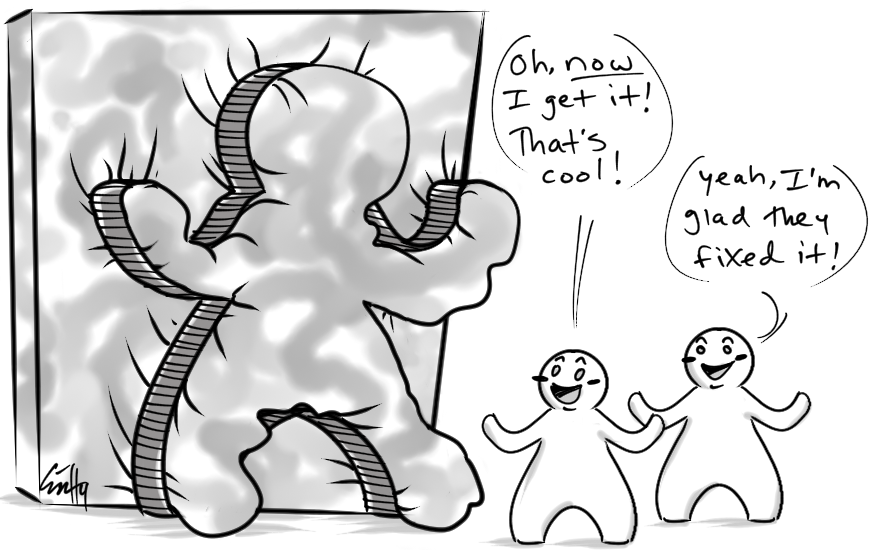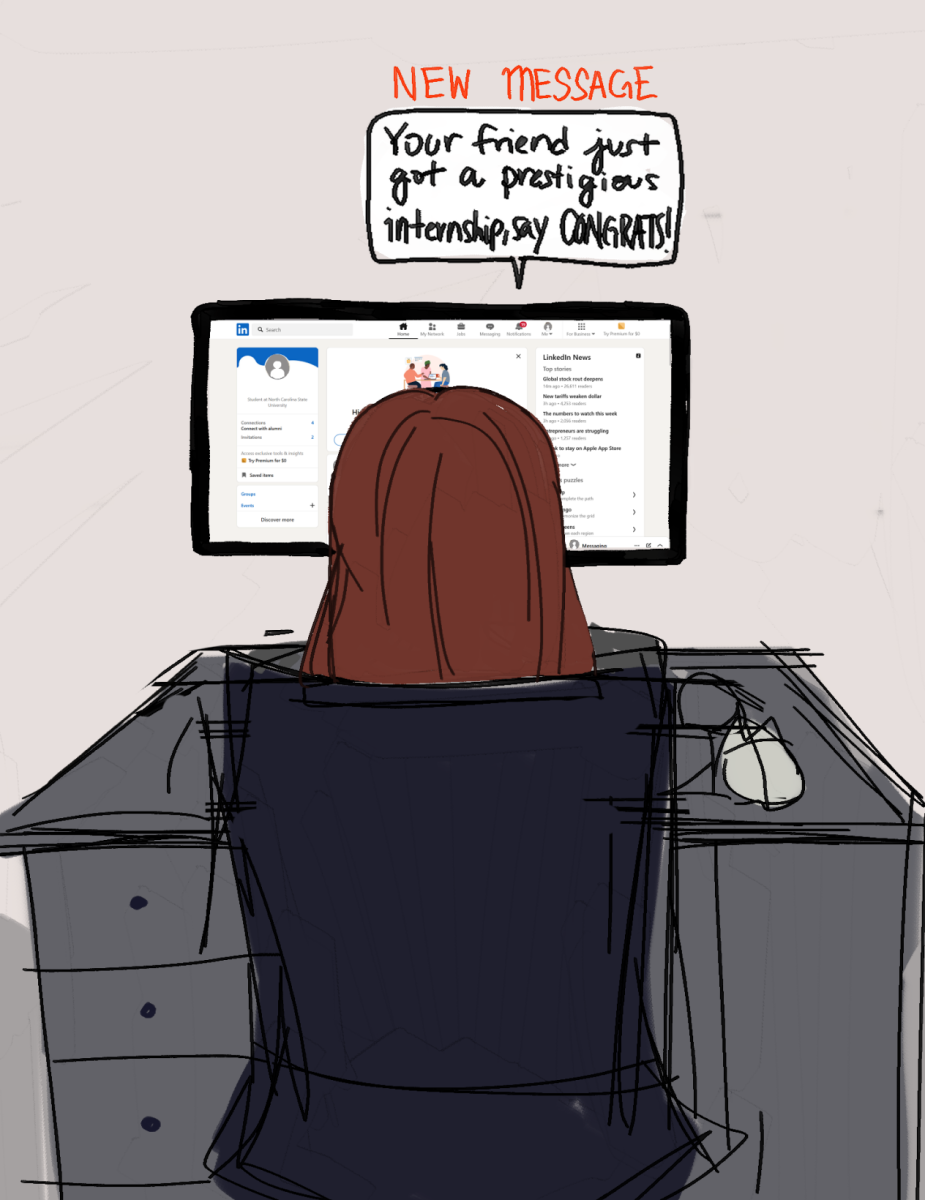The most powerful compliment any review could possibly grant a work of art, literature or film has recently been to praise its so-called “relatability.” It’s understandable that living in a culture that has been harrowed by discrimination based on economic class, race, gender, etc. would call for relatable media. However, this all-inclusive attitude of valuing art debilitates our creativity and critical facilities.
Good art now apparently needs to mirror us. I know that I have been trained to see myself in art—and this is what supposedly makes it “good.” It connects humanity through catharsis and an understanding of our universal suffering. Honestly, taking a step back, that reeks of self-centered egotism typical of the human species. We need to feel like we are part of a community and that we are connected, that every hour of every single day we are connected to the world on a level unknown to generations before us. This has encouraged us to approach the appraisal of art in a similar fashion. For a book or movie to be well-accepted, it has to be “relatable.”
Art that is relatable is not challenging. If I want to see myself, I can look in the mirror. In art, I wish to see something new, something that is challenging and amazing because it is not merely a reflection; instead it’s the child of true creative impulse.
Art that is universal fails to celebrate differences—this is the true malfunction of modern education and “political correctness.” We refuse to celebrate differences and instead insist that humanity is just one assimilated identity all centered on the age-old human condition; we are all Sisyphus, pushing that rock up the hill only to let it fall.
Is it shocking to say we are different? We are not equal. But when did our standing compared to others begin to indicate our worth?
Lena Dunham’s recent book of essays, Not That Kind of Girl, is described as “relatable to all kinds of girls” in The Lantern. This makes her a “hero to women” for many millennial women. However, it begs the question about whether showing strange and quirky truths about yourself is art. It seems too easy, too self-centered, and seems to beg too much for approval from others who can “like, totally relate.” By no means is Lena Dunham the only one — she is just a speck in the masses of people trying to do the same thing — but her recent buzz exemplifies that the main critique of art has become its ability to remind people of their ordinariness and collective human existence.
Rebecca Mead, in her 2014 The New Yorker article “The Scourge of ‘Relatability,’” relives the assent of the word in reviews, “Five years ago, Times writers resorted to ‘relatable’ on only sixteen occasions in a twelve-month period. By last year, the newspaper’s reliance on ‘relatable’ had surged: The word appeared in a hundred and sixteen articles in 2013.”
Mead suggests that the birth and rise of the word “relatability” illustrates how the modern viewer and critic expect art to accommodate them much more than in the past.
Art that accommodates for people to relate is not pure art; it is entertainment at best. Finding humanity and catharsis in art is not anything new, or an idea that should be completely forgotten—but the new attitude that art should be reflective is boring. Relatability is overrated and symptomatic of the comprehensive, all-embracing culture we exist in.
Katherine Waller is a junior studying English.









